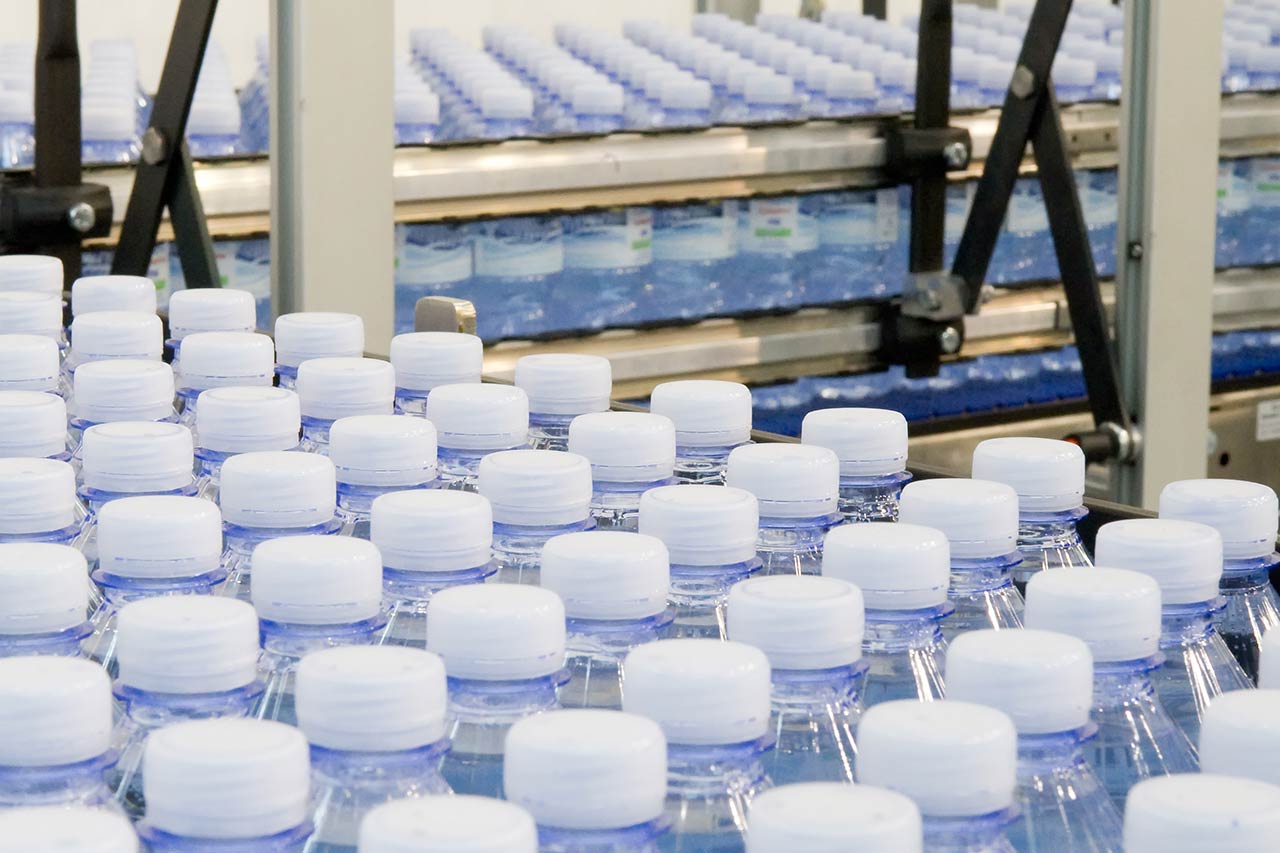Are the soils contaminated by perfluorinated substances forgotten by the regulations?

The question of the pollution by perfluorinated substances, or PFAS, is not a new one. This pollution has been going on for as long as the industries that create it, such as the chemical industry, and the industries that use it, such as the food and cosmetics industries. However, it was not until the early 2000s that the effects of these persistent and harmful substances, both on human health and the environment, were studied, and that what can be called the “scandal of PFAS” came to light. Alcimed takes stock of the current situation, including the state of play of actions to fight this pollution.
What are PFAS?
Per- and polyfluoroalkyl substances, or PFAS, are a group of nearly 5,000 different chemical substances, the most well-known and studied of which are PFOS (or perfluorooctanesulfonic acid) and PFOA (or perfluorooctanoic acid). The first PFAS were produced in the late 1940s in the United States for niche applications in armaments. Later on, their use became widespread in the 1950s, when DuPont marketed them under the name Teflon, and which has been used extensively in the production of non-stick coatings for kitchen utensils. Within just a few years, PFAS were found in everyday objects and products in almost every household, especially in Teflon, but also in a multitude of products such as stain and water-resistant fabrics, cleaning products, cosmetics, paints, fire-fighting foams and some food packaging.
Thereafter, the number of applications in which the large family of PFAS is used has increased significantly until these substances can be found everywhere: in our kitchens, bathrooms and packaging, but also in the air, soil, water and living organisms where pollution by PFAS persists, in particular because of the high solubility and resistance of these substances. PFAS thus accumulate in the environment and in all media, to the point of contaminating the entire food chain and living organisms, even though these substances are classified as endocrine disrupters and have been shown to be carcinogenic.
The origins of the scandal: when the problem of PFAS came to light!
The impact of these substances on human health could be observed from the very beginning of their use, with many diseases developed by the operators in the factories producing them. However, the PFAS scandal did not break out until decades later with the high-profile case that pitted environmental lawyer Rob Bilott against DuPont in the United States in 2001, a case that inspired the film “Dark Waters” by Todd Haynes, released in 2019. It is this case in particular that has allowed the general public to become aware of the major problem caused by pollution by PFAS both on the environment and on human health.
Actions are starting to be taken to combat this pollution in water and food…
In the light of the significant impact of the pollution caused by these substances, which remain eternally present in contaminated environments, protective measures have been initiated at regional, national and international level. Thus, particularly in Europe and the United States, these measures focus primarily on preventing further pollution by limiting the production and use of the PFAS considered to be the most dangerous. For example, this is what the Stockholm Convention and the REACH programme have focused on at European level.
Regarding the pollution itself, the priority of governments in recent years seems to have focused mainly on the decontamination of water, rather than on the decontamination of other mediums. Thus, many countries have put in place specific regulations to control and encourage the clean-up of contaminated water, including a major inventory of the contamination and the determination of pollution limits. This decontamination mainly involves absorption by activated carbon or high-pressure membrane filtration, as conventional water treatment processes such as coagulation, flocculation or chemical oxidation do not substantially eliminate these substances.
However, these actions are not limited to water, and in order to limit the impact of these substances on human health, an analysis of the presence of PFAS in food is also carried out, although it is not possible to determine whether these substances are present in food.
Ces actions ne se limitent toutefois pas aux eaux, et afin de limiter l’impact de ces substances sur la santé humaine, une analyse de la présence des PFAS dans les aliments est également réalisée, although there are no dedicated regulations with maximum thresholds to date.
…but soils are still mostly forgotten in the regulations
Unlike water decontamination, to date, the decontamination of polluted soils and their management have not been the priority of regulatory institutions. Today, there are no regulations to govern and encourage the necessary decontamination of polluted soil at European level. Yet polluted soils are a major source of groundwater contamination, and inventories carried out in many countries show an alarming percentage of polluted land. For example, the Netherlands, one of the most advanced countries in Europe on the subject, has estimated that 80% of its territory is contaminated. Even if some European countries are beginning to take action to decontaminate soil and to put regulations in place, particularly in Germany and the Netherlands, for the majority of countries, everything remains to be done!
About the authors: Margot, Senior Consultant, Energy Environment and Mobility team, Alcimed Paris & Jakub, Head of the Energy Environment Mobility team, Alcimed Paris